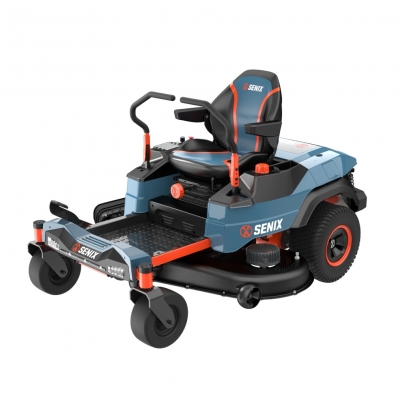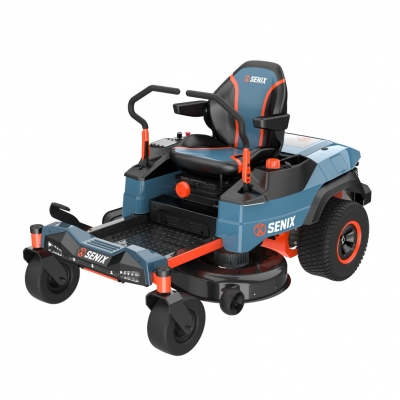How to Sharpening Your Garden Tool Blades
Keeping your garden tools in top shape is crucial for efficient gardening and healthier plants. Sharp blades cut through stems, branches, and roots cleanly, reducing damage and making your work easier. However, many beginners underestimate the importance of sharpening their garden tools regularly. This guide will walk you through the basics of sharpening common garden tool blades, from pruning shears to shovels, helping you maintain peak performance all season long.
Why Sharpening Garden Tools Matters
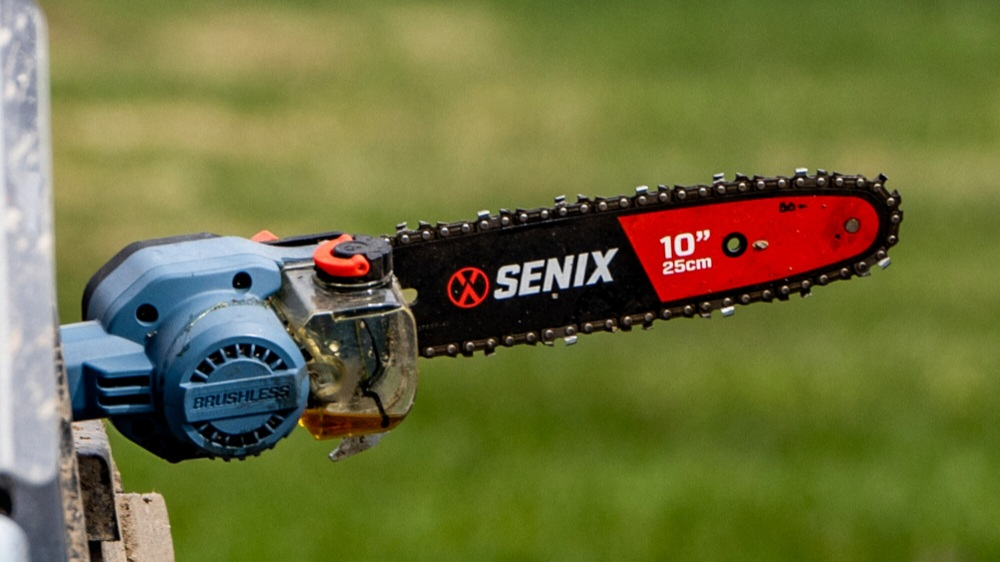
Dull blades don't just slow you down; they can harm plants by crushing stems instead of cutting them cleanly, which increases the risk of disease. Sharp tools reduce strain on your hands and wrists and improve safety by requiring less force. Regular sharpening also prolongs the life of your tools, saving you money over time.
Tools and Materials You'll Need
Before starting, gather the right tools for sharpening. Common items include:
A sharpening stone or whetstone
A flat file (for larger blades)
A diamond or carbide sharpening tool (for very dull blades)
A wire brush (to clean rust and dirt)
Safety gloves and eye protection
Lubricating oil (for whetstones and to protect metal after sharpening)
Step-by-Step Sharpening Process
1. Clean the Blades
Remove dirt, sap, and rust with a wire brush or steel wool. Clean blades sharpen more effectively and reduce the risk of contamination.
2. Secure the Tool
Clamp the tool firmly in a vice or hold it steady on a workbench. Stability is key for controlled sharpening and personal safety.
3. Identify the Bevel Angle
Most garden tools have a bevel edge between 20° and 40°. Maintaining the original angle is important for effective sharpening. You can use an angle guide if you're unsure.
4. Sharpen with a File or Stone
Using smooth, consistent strokes, move the file or sharpening stone along the edge in one direction, away from your body. For pruning shears, sharpen the curved blade carefully; for shovels or hoes, work along the flat edge.
5. Remove Burrs
After sharpening, a slight burr (raised metal edge) may form. Remove this by lightly running the stone or file on the opposite side of the blade.
6. Lubricate and Protect
Apply a thin layer of oil to the blade to prevent rust. Store tools in a dry place to maintain sharpness longer.
Tips for Different Tools

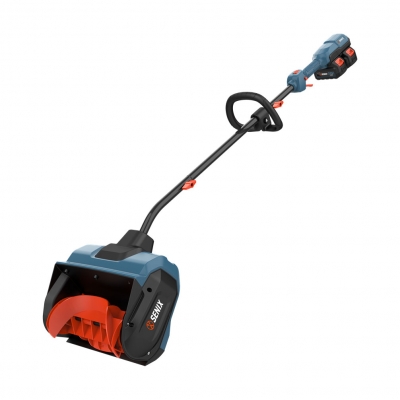
Pruning Shears: Disassemble if possible for thorough cleaning and sharpening. Use a fine grit stone for a razor-sharp edge.
Loppers: Sharpen the blade edges with a file, but avoid the flat side to keep the cutting surface intact.
Shovels and Hoes: Use a flat file to restore the broad cutting edge, ensuring even pressure to keep the blade straight.
Garden Knives: Sharpen both sides evenly, maintaining a consistent angle for precision.
How Often to Sharpen Your Tools
Depending on use, most garden tools benefit from sharpening every few weeks during heavy use periods. Regular maintenance prevents deep dulling and makes each sharpening session quicker and easier.
Sharpening garden tool blades doesn't have to be intimidating for beginners. With the right approach and tools, maintaining sharp blades becomes a simple routine that enhances gardening success and prolongs tool life. Enjoy smoother cuts, healthier plants, and a safer gardening experience by incorporating blade sharpening into your garden care.

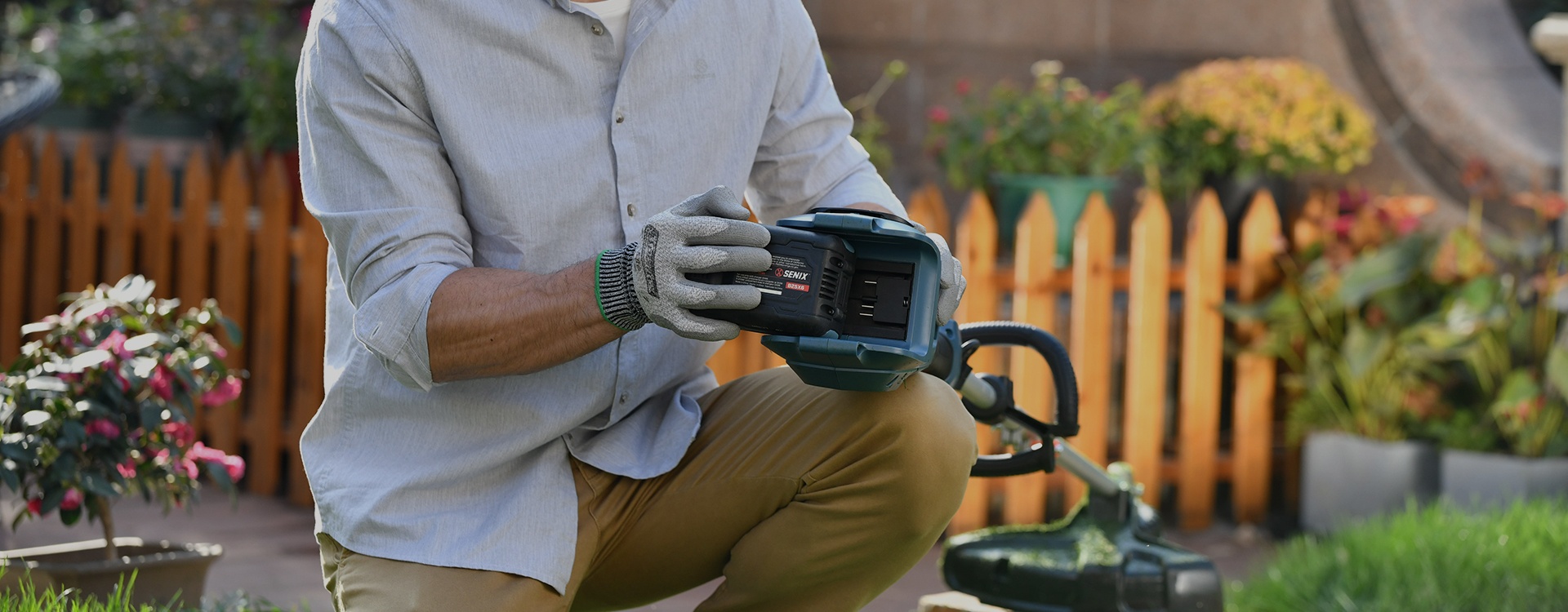
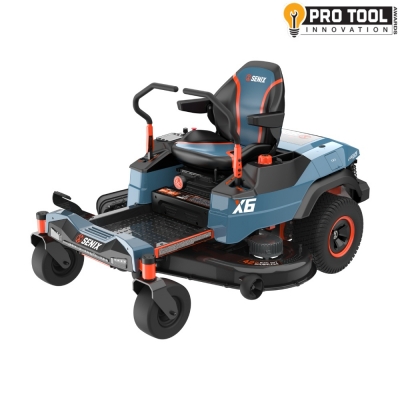
 (5.0)
(5.0)